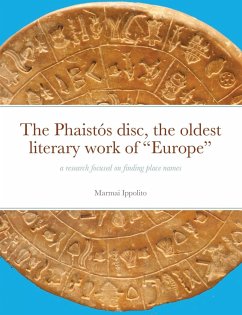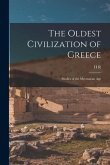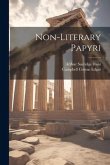The author's more than twenty-year research on Phaistós' disc and on Cretan 'hieroglyphic' writing, offers here a partial but original interpretation of the enigma that, for over a century, engages the scholars of the Minoan civilization. Through the combinatorial method of internal analysis of the hieroglyphic sequence, noted a space free of signs and evaluated the importance of the correction of errors, he demonstrates how the deductions drawn from the superimposition of signs must now be revised, in the light of the deformation of other signs, caused by the impression on the soft clay of the sign on their right. In March 2018, by means of photographic enlargements, he finally discovers on Phaistós' disc a detail never before considered by anyone, which proves in an incontrovertible way the verse of writing from left to right, from the center to the periphery of the disc. Previously, no one seems to have grasped the need to examine the document as a printed text reproducing a model or type-graphic project. Such modality in itself involves a different approach of analysis, that can distinguish and discern the material factors (signs impressed on clay, their overlapping and deformations) from linguistic-grammatical factors (interpretation of the blank space at the end of the text, corrections of words and identification of the oblique stroke as a marker of proper names). Through this approach, the scholar was able to try not only the direction of writing, but to highlight the function of the oblique stroke and the meaning of the rhythm of the triplets of words, until he identified the two most important place names for the inhabitants of ancient Minoan city.
Hinweis: Dieser Artikel kann nur an eine deutsche Lieferadresse ausgeliefert werden.
Hinweis: Dieser Artikel kann nur an eine deutsche Lieferadresse ausgeliefert werden.








